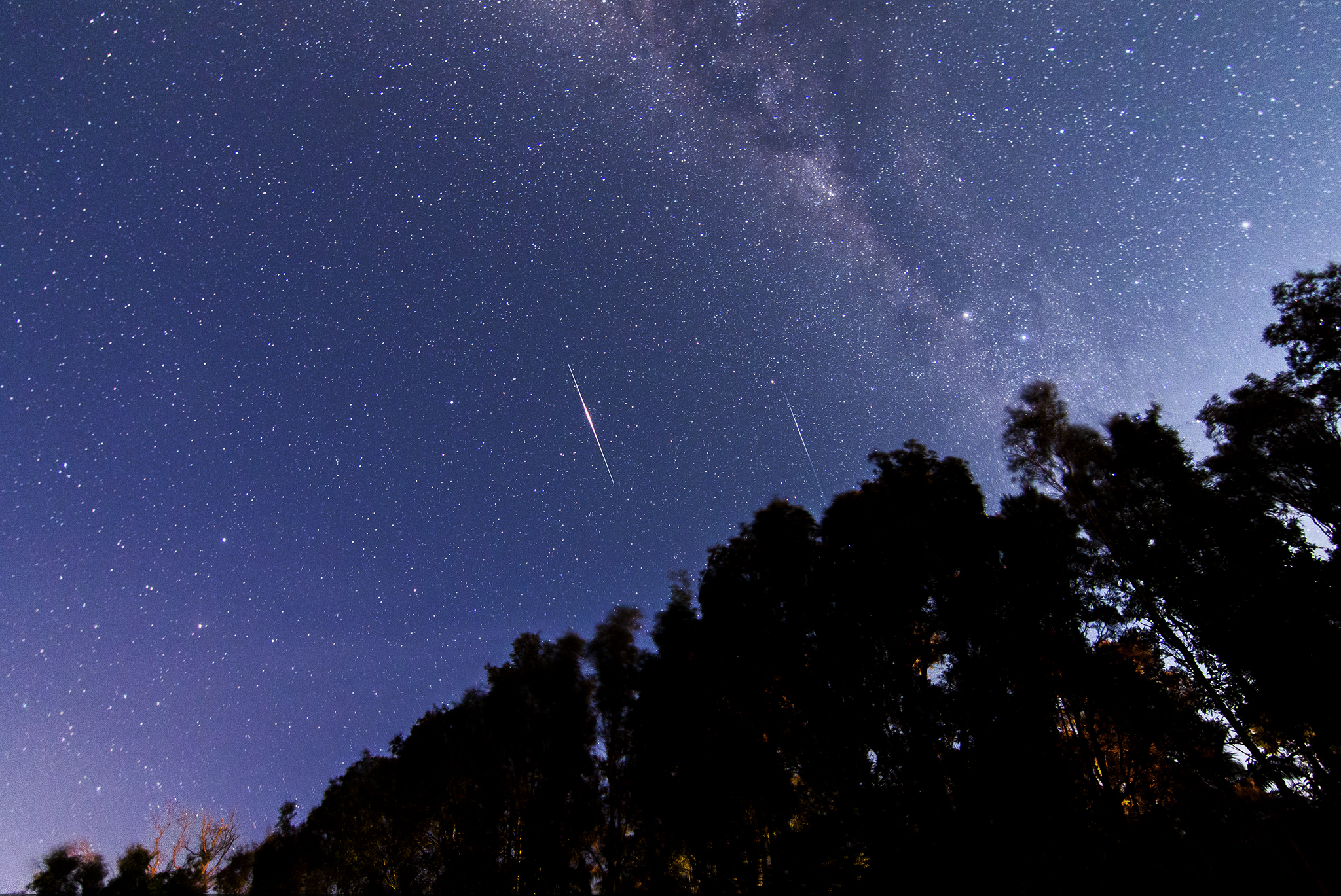

Plot the exact location of your next Iridium flare on Sky & Telescope's Pocket Sky Atlas - a compact yet complete guide to the entire celestial sky.Iridium 59, photographed from Oxfordshire. At least for a few minutes.įor a great resource on the topic and many more photos, visit the Visual Satellite Observer's Home Page. As everyone marvels over the artificial fireball, your superpower ability to see into the future will be secure. Then gather everyone outdoors some minutes before the event and explain they're about to see one of the coolest sights in the sky. If you'd like to acquire one with little effort, peruse the list of upcoming flares and pick a convenient time to show friends and family. Sparks in the Dark! Structure of an Iridium flare. In the example above, the same Iridium satellite seen 10 km west of the city center will flare to magnitude –8.3. Just scroll down below the sky map for a ground track map showing the location of the center line. Peat also includes a choice bit of additional information - the location of the flare's center line or where it will shine brightest. Click it for an easy-to-use sky map showing the satellite's arc across the sky, and the time and location of the flare. Time, brightness, altitude, and direction are listed as well as the all-important date link. You'll be directed to a page showing the coming week's worth of passes. Once you've entered your location, simply click the Iridium flares link under the Satellites menu. CDT.įortunately, witnessing one of these glints is very easy to do thanks to Chris Peat's excellent satellite-prediction website, Heavens-Above. A magnitude –4.5 flare occurs at 9:50 p.m. Map from Heavens-Above showing the track of Iridium 52 on Friday evening July 18, 2014, as seen from Minneapolis. If you've ever wondered what a nearby supernova might look like, treat yourself to one of these. It's not natural to see a starlike object glow so brilliantly. I've been lucky enough to witness a few –8 passes and can only describe the experience as alarming. The most dazzling opportunities are even visible in the daytime sky!Ī really bright one can take your breath away. Iridium flares range in brightness from magnitude 1 (as bright as the star Antares or Deneb) to –8.4 (dozens of times brighter than Venus). Because the orientation of most of these craft is still tightly controlled, flare times are predictable. But when the Sun strikes an antenna just right, an observer on the ground sees a brilliant but brief glint of sunlight or flare. Normally these look like slow-moving faint stars, typical of many orbiting satellites. One of three reflective antenna panels on an Iridium satellite. Each is equipped with three door-sized aluminum antennae treated with highly reflective, silver-coated Teflon for temperature control.

The satellites' owners originally planned to orbit 77 of them, but they settled for 66 and a bunch of spares. The name "Iridium" derives from element number 77 on the periodic table.

Iridium spacecraft provide voice and data communications for users around the globe. These take-you-by-surprise bursts of light are glints of sunlight from Iridium spacecraft, a "constellation" of nearly 100 communications satellites in low-altitude orbits around Earth. Have you ever looked up at the night sky and watched a slow-moving "star" suddenly surge to Venus-like brightness and then disappear just as quickly? Chances are you've seen an Iridium flare. Once you know where to look, mount your camera on a tripod, set the lens aperture to wide open and expose for 15 to 30 seconds. Taking pictures of Iridium flares is easy. When reflective panels on the satellite catch the Sun at just the right angle, you'll see the satellite rapidly brighten and then quickly fade. Iridium satellite 33 flares in Leo's tail in the summer of 2008. The "constellation" of Iridium satellites gives stargazers frequent opportunities to predict and witness brief but dazzling blazes of light whenever one of these spacecraft directs a strong glint of sunlight toward you.


 0 kommentar(er)
0 kommentar(er)
